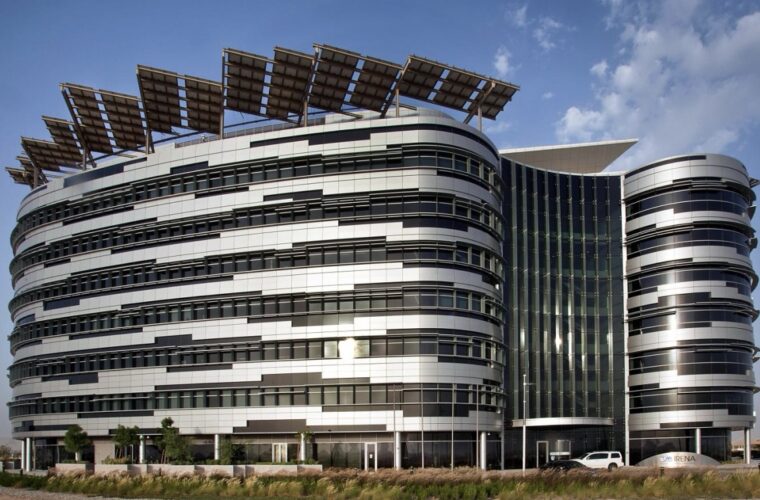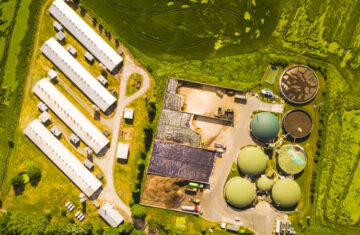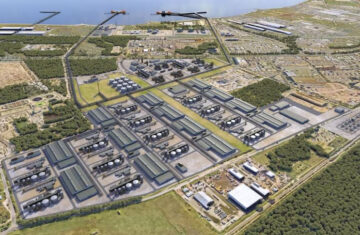According to IRENA’s most recent statistical yearbook, global renewable electricity capacity increased by 14% last year.
The organization emphasized that a 16.4% rate is required to increase the total by threefold by 2030. Its Director-General, Francesco La Camera, issued a warning about ongoing geographic concentration patterns.
The International Renewable Energy Agency (IRENA) released its 2023 statistical report, which includes production data from 2022, renewable energy balances, and investments. The total capacity for last year has been revised slightly lower from the preliminary release, by 5.2 GW to 3,865 GW. The changes are in hydropower and bioenergy. IRENA’s Director-General, Francesco La Camera, warned against complacency.
At the end of 2023, renewables accounted for 3.9 TW, or 43% of the global total. Solar energy dominated the segment with 36.7% or 1.42 TW, followed by hydropower (32.7%), wind (26.3%), bioenergy (3.9%), and trace amounts of geothermal and marine energy.
La Camera: Current growth rate leads to failure
Despite renewables becoming the fastest-growing source of power, the world risks failing to meet the COP28 pledge to triple renewables.According to IRENA, renewables capacity must grow at a minimum of 16.4% per year through 2030 in order to remain on track. The goal is 11.17 TW.
When combined with the constant decrease in non-renewable capacity additions, the trend indicates that renewable energy is on its way to surpassing fossil fuels in global total. Maintaining the 14% rate, however, would mean missing the goal by 1.5 TW, or 13.5%, in 2030.
“Renewable energy is increasingly outperforming fossil fuels, but now is not the time to become complacent. Renewables must grow at a faster and larger scale. Our new report sheds light on the path forward; if we continue at our current rate, we will only fail to meet the tripling renewables target agreed upon in the UAE Consensus at COP28, jeopardizing the Paris Agreement and 2030 Agenda for Sustainable Development.” La Camera said.
He pointed out that consolidated global figures conceal ongoing geographical concentration patterns. They risk exacerbating the decarbonization divide and posing a significant barrier to meeting the tripling target, La Camera concluded.
China accounts for nearly two-thirds of global wind and photovoltaics under construction.
Global Energy Monitor reports that China is currently building 180 GW of utility-scale solar power and 159 GW of wind power. The sum of the two is nearly twice that of the rest of the world combined, and it is sufficient to power all of South Korea.
The United States is next, with just 40 GW. Brazil (13 GW), the UK (10 GW), and Spain (9 GW) round out the top five.
IRENA encouraged collaboration among governments, the private sector, multilateral organizations, and civil society. Governments must set explicit renewable energy targets, consider actions such as accelerating permitting and expanding grid connections, implement smart policies that encourage industry to step up, and incentivize private sector investment, it emphasized.



